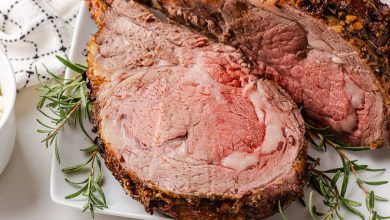White Wheat Flour (Industrial, Bleached, Unenriched)
White wheat flour, a commonly used ingredient in both home and industrial kitchens, is made from refined wheat grains. This flour is bleached to achieve a fine, white appearance and a soft texture. It is typically used in baking products such as bread, cakes, pastries, and pasta. Though it is enriched in some cases, this particular form is unenriched, meaning it lacks added nutrients like folic acid and iron that are typically fortified into enriched flours.
Nutritional Information (per 100g)
| Nutrient | Amount |
|---|---|
| Energy | 362 kcal |
| Protein | 13.07 g |
| Fat | 1.38 g |
| Saturated Fat | 0.19 g |
| Carbohydrates | 72.2 g |
| Fiber | 2.4 g |
| Sugar | 1.1 g |
| Calcium | 24.0 mg |
| Iron | 1.26 mg |
| Magnesium | 35.0 mg |
| Phosphorus | 119.0 mg |
| Potassium | 128.0 mg |
| Sodium | 2.0 mg |
| Zinc | 1.6 mg |
| Copper | 0.19 mcg |
| Manganese | 0.62 mg |
| Selenium | 26.2 mcg |
| Vitamin C | 0.0 mg |
| Thiamine (B1) | 0.194 mg |
| Riboflavin (B2) | 0.072 mg |
| Niacin (B3) | 1.198 mg |
| Vitamin B6 | 0.045 mg |
| Folate (B9) | 31.0 mcg |
| Vitamin B12 | 0.0 mcg |
| Vitamin A | 0.0 mcg |
| Vitamin E | 0.05 mg |
| Vitamin D2 | 0.0 mcg |
Allergen Information
White wheat flour contains gluten, making it unsuitable for those with gluten sensitivity or celiac disease. It may also trigger allergic reactions in some individuals. Always ensure to check for cross-contamination risks in processing environments.
Dietary Preferences
- Gluten-Free: Not suitable for gluten-free diets.
- Vegan: Suitable for vegan diets as it contains no animal-derived ingredients.
- Vegetarian: Appropriate for vegetarian diets.
- Low-Sodium: White wheat flour contains a very minimal amount of sodium, making it suitable for low-sodium diets.
- Low-Fat: The fat content in white wheat flour is relatively low, which aligns well with low-fat dietary preferences.
Advice and Usage
White wheat flour is a versatile ingredient, typically used as a base for most baked goods. While it lacks the additional nutrients found in whole wheat flour (such as fiber and some vitamins), it is preferred in many recipes for its light texture and ease of use. When using this flour in recipes, be mindful of its lower fiber content, which might affect the nutritional balance of the dish. If you’re looking to increase fiber intake, consider substituting part of this flour with whole wheat or another higher-fiber alternative.
Additionally, if you have specific dietary needs, like a gluten-free or higher-protein diet, consider alternative flours such as almond flour, chickpea flour, or rice flour for a suitable replacement.
Conclusion
White wheat flour is an essential kitchen staple, offering a neutral flavor and a light texture that is key to many popular dishes. Though not as rich in fiber and essential nutrients as whole wheat flour, it remains a go-to choice for many recipes. Always check for any allergens, particularly gluten, when using this product in dishes for those with dietary restrictions. Whether you are making a fluffy loaf of bread or a delicate cake, white wheat flour plays a central role in the world of baking and cooking.










